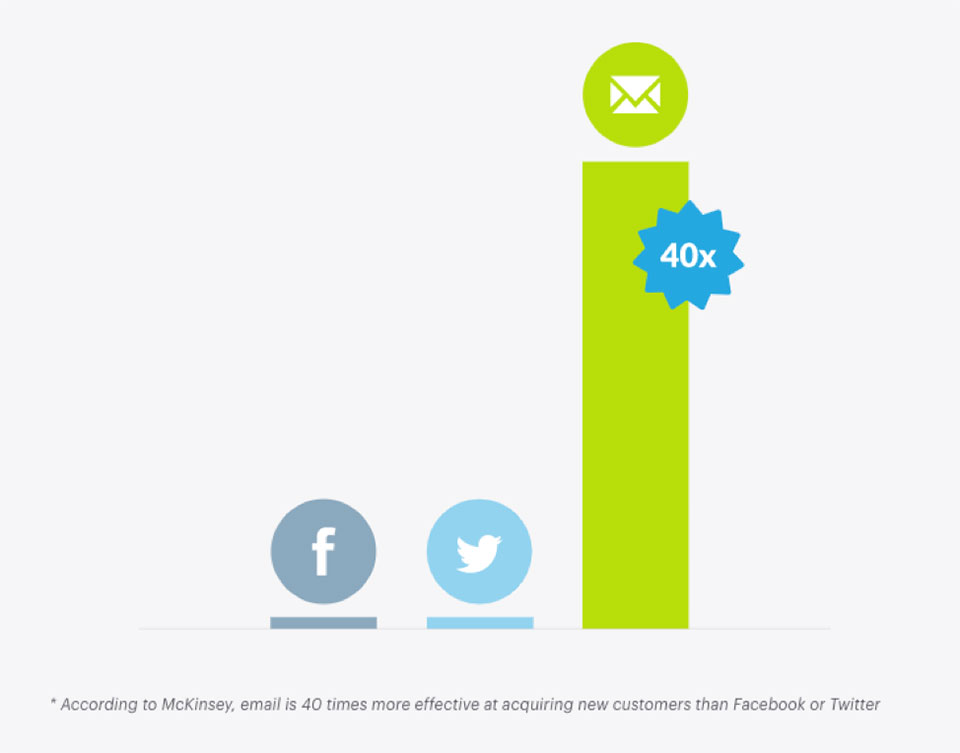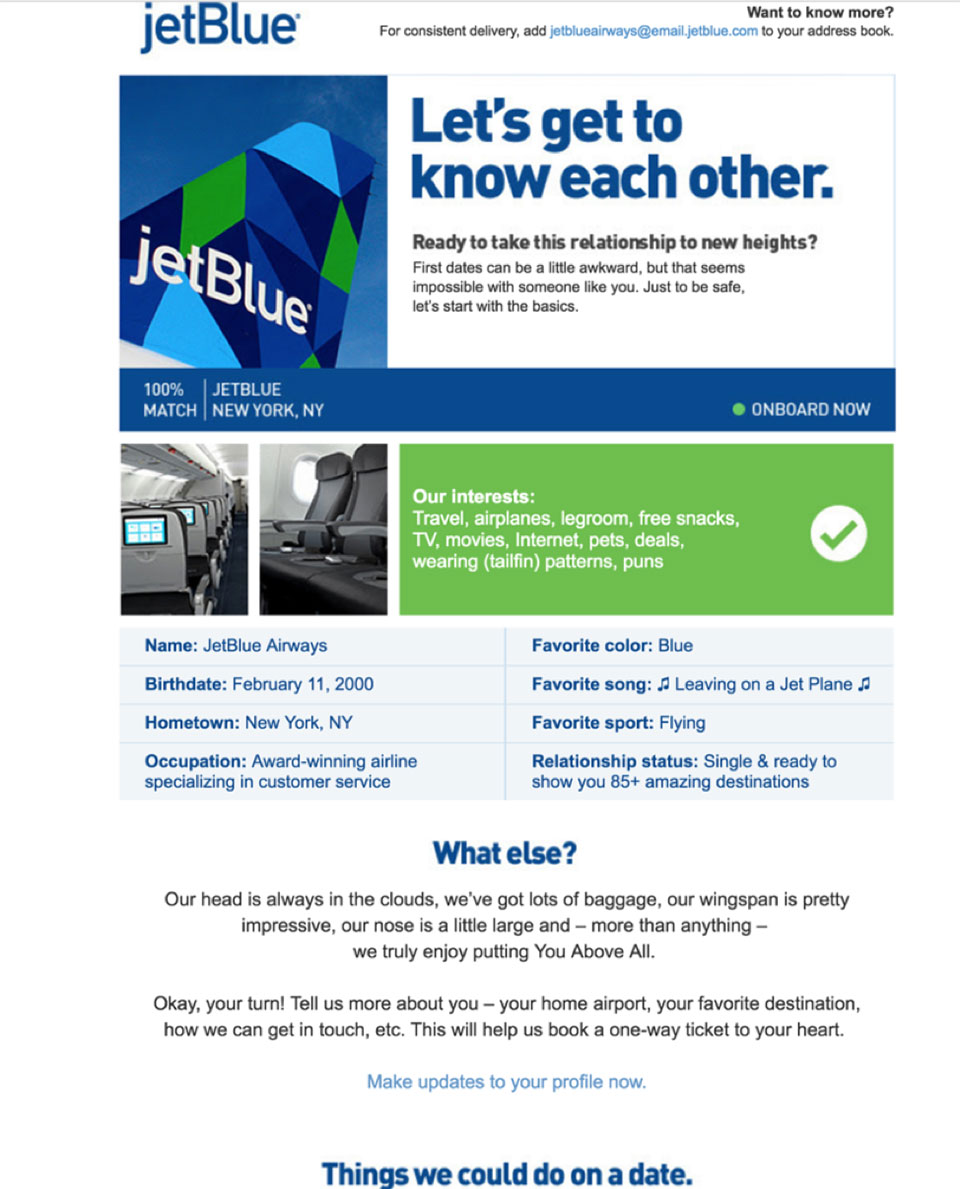 Image Source
Image Source
Some experts would have you believe that email is “dead” or on the way out. In reality, the digital behemoth just keeps growing despite claims of its imminent demise. Email has continued to roll with the punches year after year, and with a 4400% ROI (or $44 for every $1 spent) email services continue to boom.
While GDPR and new data protection laws may have started to change the way businesses interact, collect, and utilize first-party data, email continues to see success.
Since GDPR went into effect, “75% [of European marketers] say they’ve experienced a climb in CTR rates” and a slew of other positive results.
Email’s digital reach – 10 years of email and the evolution of mobile
Picture yourself in 2009. You’re in a graphic tee from Hot Topic and listening to one of your meticulously curated playlists (4GB of space goes fast) on your Zune.
Perhaps you’ve just finished downloading the new Google Maps app to find the nearest Starbucks from your brand new iPhone 3GS. Maybe you just typed (on real buttons!) your first message to the world using your Blackberry on a new app named Twitter.
Or maybe you were sending one of the 90 trillion emails that were sent in 2009. Since 2009, email has continued to grow exponentially with the evolution of the mobile phone.
In 2019, over 281 billion emails are sent each day with 53% of emails opened on mobile devices.
And yet, that oversaturation has done nothing to dampen email’s ability to engage or retain customers with over “60% of customers have made a purchase online as a direct result of an email”.
Email as a tool for more effective marketing
Marketers consistently rank email as the “single-most-effective tactic” for raising brand awareness, lead acquisition, conversion, and retention. According to an Adobe study from 2018, “60% of customers…prefer to be contacted by brands via email” which is a clear indication that if you’re not already sending emails – it’s time to start.
Really effective and really bad uses of email can be found all over the internet and especially in your own inbox, so keep your eyes open for inspiration similar to the ones discussed below.
Personalization is still king
We wrote about personalization a few years ago, and we’re glad to see it’s still the king of content.
Whether you’re a big brand or a small business just starting out, personalization is a facet of email marketing that should be integrated into all of your campaigns in one way or another.
In order to really personalize messaging for your customers, it’s important to consider who they are and where they are on their path to purchase and what campaigns will resonate with them.
The more you segment your audience and learn from them based the more data you will be collecting which will allow you to better target customers. Check out the email from Converse above – a simple variable tag can take an email to the next level.
Engage and nurture leads more easily with email
If your leads aren’t at that final stage in your funnel or have maybe backed out after raising their hand, it may be time to create a lead nurturing or drip campaign.
“66% of customers have made a purchase online as a direct result of an email”
A drip campaign can include welcome series emails, top-of-mind drips, or re-engagement drips amongst others and works to introduce products and encourage leads to continue to the sales process. An automated drip sequence can engage your customers, while also sending them further down the customer journey and hopefully resulting in a sale.
A nurture campaign requires the same level of segmentation, personalized content, and unique calls to action. Lead nurture campaigns focus on re-engaging customers that have already expressed interest in your product by either filling out a contact form or reading one of your targeted case studies. Lead nurturing emails are a way to build trust with your customer until they’re ready to fully make a purchase.
Email and the expectation of privacy
We all know how quickly technology changes and privacy regulations are no exception.
While the US hasn’t made moves to change federal regulations, states like California are enacting their own laws to protect users. New data laws may seem inconvenient or a detriment to marketing but more and more officials ruling based on Fourth Amendment protections and citizen’s “expectation of privacy” which needs to be respected.
Focusing on working with cybersecurity and data privacy agencies will ensure that your emails not only delight your customers, but protects their personal information and builds trust as well – a winning combo for all.
Overall, email will continue to be a great asset in any business’ marketing strategy whether they capitalize on building more segmented lists with an emphasis on personalized content or nurturing leads with content that makes them take the next step.

 Image Source
Image Source Image Source
Image Source Image Source
Image Source Image Source
Image Source Image Source
Image Source